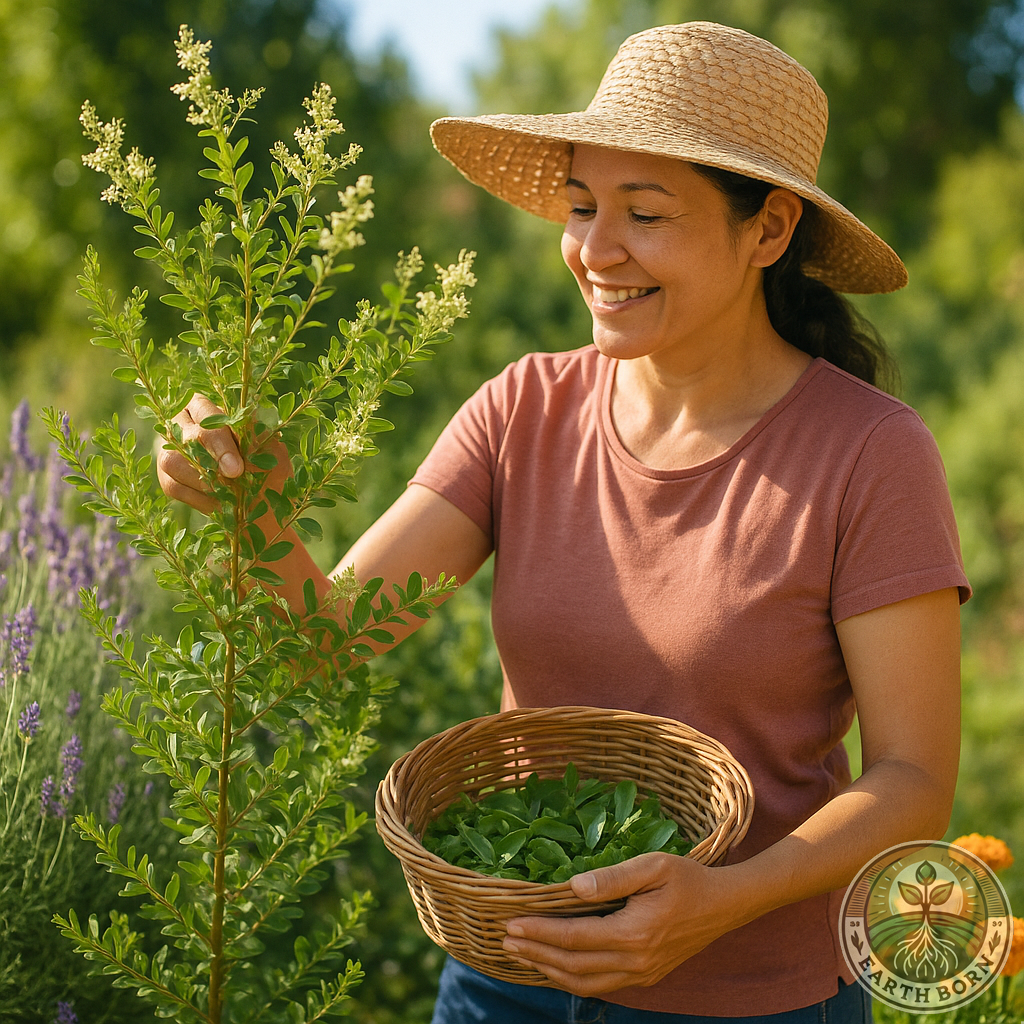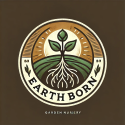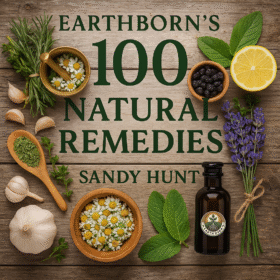
🌱 Introduction and history
Henna (Lawsonia inermis) is a flowering perennial shrub treasured for millennia across North Africa, South Asia, and the Middle East. Known as Mehndi, Egyptian Privet, and Mignonette Tree, Henna’s leaves have been used to dye skin, hair, and textiles since ancient times. Archaeological evidence shows its application in ancient Egyptian mummification rituals over 5,000 years ago. Today, Henna remains a powerful cultural symbol of beauty, celebration, and healing.
💊 Medicinal Benefits
Henna leaves contain Lawsone (2-hydroxy-1,4-naphthoquinone), a natural pigment with antifungal, antibacterial, and anti-inflammatory properties. Traditionally, powdered Henna paste is applied to soothe skin irritations, minor burns, wounds, fungal infections, and headaches. Ayurvedic and Unani medicine systems also use Henna for cooling fevers, reducing inflammation, and conditioning the scalp to reduce dandruff and promote hair growth.
📅 When to Plant in South Africa
In South Africa, sow Henna seeds in early to mid-Spring (September–October), once the danger of frost has passed. Warmer soil temperatures above 20°C improve germination and help seedlings establish before summer heat peaks.
🏡 Where to Plant
Henna prefers permanent garden beds rather than pots, as it develops a deep taproot. Choose a sunny, sheltered spot where the shrub can grow undisturbed for many years. Avoid waterlogged areas and shaded corners.
🌞 Soil, Water & Sunlight Requirements
✅ Soil
Light, sandy, and very well-draining soil enriched with compost. Avoid heavy clay.
✅ Sunlight
Full sun exposure (6–8 hours daily) is essential for healthy growth and dye production.
✅ Water
Water regularly in the first year, letting soil dry completely between watering. Mature plants are drought-tolerant but benefit from occasional deep watering in summer.
✅ Fertilize
Feed monthly during the growing season with a balanced organic fertilizer or compost tea.
✅ Spacing
Space plants 60–90 cm (2–3 ft) apart to allow airflow and reduce fungal disease.
✅ Seeds germinate
Seeds typically germinate in 10–14 days at 20–25°C. Scarifying seeds slightly before sowing can improve germination rates.
✅ Transplanting
Transplant seedlings at 6–8 weeks old, once they have developed at least 4 true leaves and strong roots.
✅ Maturity height
Henna can reach 2–4 m tall (6–13 ft) when mature.
🍓 Flowers & Fruit
Henna produces small, fragrant white or pale pink flowers in dense clusters, blooming mainly in summer. These are followed by tiny, round, brown seed capsules that mature in autumn.
🌼 Companion Plants
Plant Henna alongside Lavender, Rosemary, and Marigold. These aromatic companions help deter aphids and spider mites, and attract pollinators to your garden.
🐛 Common Pests
Henna is generally resilient but may occasionally attract:
- Aphids
- Spider mites
- Whiteflies
Spray infested plants with a mild neem oil solution if needed.
🧺 Harvesting
Harvest mature leaves during late summer or early autumn, when the dye content is highest. Cut branches or pick leaves by hand, then dry in a warm, shaded area.
🫙 Storage
Once fully dried, leaves can be stored whole or ground into powder in airtight glass jars, kept in a cool, dark place to preserve potency.
🧪 How to Use as Medicine
- Skin Remedy Paste: Mix Henna powder with water into a paste and apply to minor burns, eczema, or fungal rashes for soothing relief.
- Scalp Treatment: Blend with coconut oil and apply to the scalp to reduce dandruff and cool irritation.
- Cooling Compress: Combine Henna paste with rose water and apply to the forehead to ease headaches.
Here is where you will find 3 natural remedies using Henna
🎉 Fun Fact
Henna was found on the nails and hair of Egyptian mummies, proving its use as a cosmetic and preservative dye for over 5,000 years.
⚠️ Caution
Although Henna is safe for most people, some individuals may experience allergic reactions. Always do a small patch test before applying Henna paste to skin or scalp. Never use “black henna,” which contains added chemicals like PPD (para-phenylenediamine) that can cause severe reactions.
🌿 Call to Action
Ready to grow a plant steeped in rich tradition and powerful healing properties? Start your own Henna shrub this Spring and enjoy its beauty, resilience, and countless uses. Visit our Medicinal Remedies page to learn how to use Henna naturally.


 **Meet Sprout!** Sprout is your friendly gardening companion at Earthborn, always ready with helpful advice on plant care, medicinal herbs, and natural gardening solutions. From seedling to harvest, Sprout provides expert guidance to nurture your garden and your well-being—making gardening easy, fun, and naturally rewarding.
**Meet Sprout!** Sprout is your friendly gardening companion at Earthborn, always ready with helpful advice on plant care, medicinal herbs, and natural gardening solutions. From seedling to harvest, Sprout provides expert guidance to nurture your garden and your well-being—making gardening easy, fun, and naturally rewarding.

[…] 🌱 Ready to Grow and Use Your Own Henna?Check out our Henna growing guides, […]